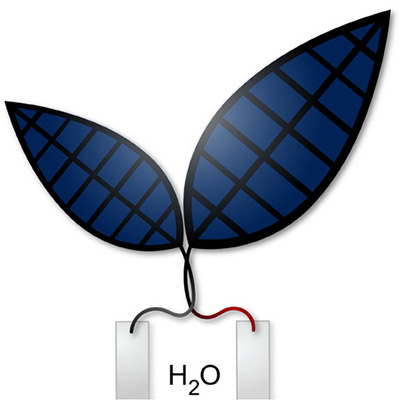Fuel to be produced by artificial photosynthesis?
6/7/2016, Milan Šurkala
Harvard researchers have improved the artificial photosynthesis that is able to create oxygen and substances needed for production of liquid fuels. Are we going to create artificial gasoline using Bionic Leaf 2.0?
The artificial photosynthesis is not science fiction anymore. Researchers at Harvard University (Daniel Nocera from Harvard University, Pamela Silver and others from Harvard Medical School) have improved the system of artificial photosynthesis and they have proved the ability to create liquid fuels using special bacteria. The first stages of this reasearch used a nickel-molybdenum-zinc alloy that created reactive oxygen species next to expected and wanted hydrogen. That caused the problem of destroying the DNA of hydrogen-eating bacteria Raistonia Eutropha and this issue was avoided by using very high voltages.

Bionic leaf 2.0 uses a different cobalt-phosphorus catalyst that does not produce these reactive species and can be run at much lower voltages. That also allowed to reach much better efficiency that is approximately 10 % for conversion of solar energy to biomass. For comparison, natural photosynthesis provides the efficiency of 1 % only. The catalyst is able to heal itself and it does not leak into the product in comparison with the former catalyst. As the hydrogen and oxygen are separated from a water molecule, the bacteria can use the produced hydrogen to create isopropanol, isopentanol, isobutanol or similar substances that can be utilized for production of liquid fuels. The method is able to do that but it is not clear when it is going to be used in practice.
.jpg)



.jpg)

-50.jpg)
-50.jpg)
-50.jpg)

-50.jpg)